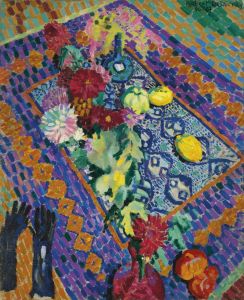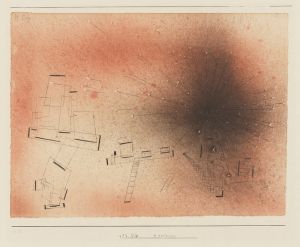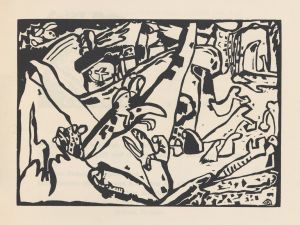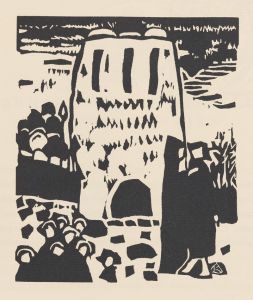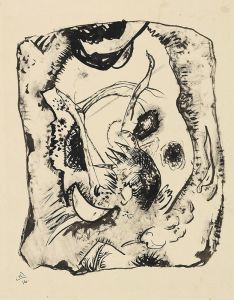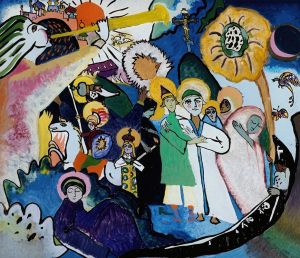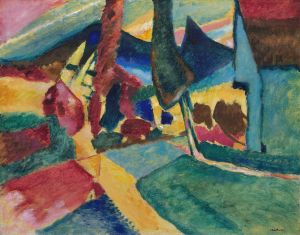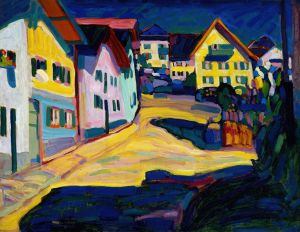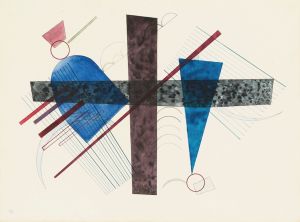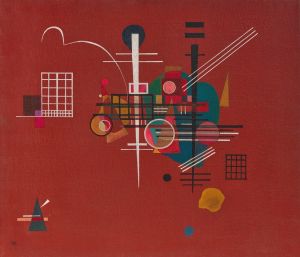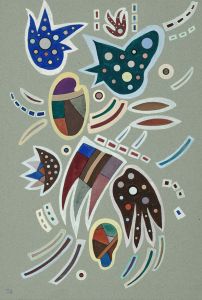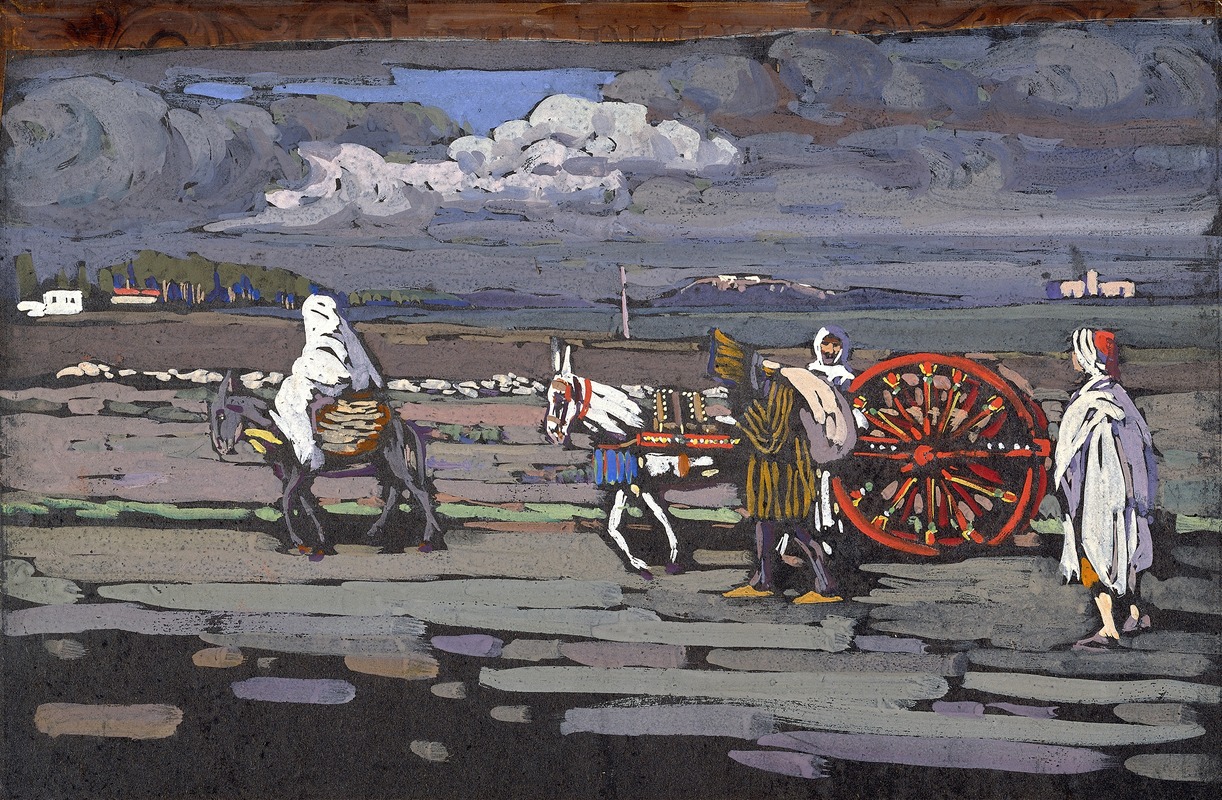
Landstrasse
A hand-painted replica of Wassily Kandinsky’s masterpiece Landstrasse, meticulously crafted by professional artists to capture the true essence of the original. Each piece is created with museum-quality canvas and rare mineral pigments, carefully painted by experienced artists with delicate brushstrokes and rich, layered colors to perfectly recreate the texture of the original artwork. Unlike machine-printed reproductions, this hand-painted version brings the painting to life, infused with the artist’s emotions and skill in every stroke. Whether for personal collection or home decoration, it instantly elevates the artistic atmosphere of any space.
Wassily Kandinsky, a pioneering figure in abstract art, created numerous works that have left a significant mark on the art world. However, there is no widely recognized painting titled "Landstrasse" by Wassily Kandinsky. It is possible that there might be confusion with another work or a lesser-known piece that has not been extensively documented in art historical records.
Kandinsky was born in Moscow in 1866 and is often credited with painting one of the first purely abstract works. His journey into abstraction was influenced by his synesthetic experiences, where he could perceive colors as sounds and vice versa. This unique perception of the world around him played a crucial role in his artistic development.
Throughout his career, Kandinsky was associated with several art movements, including Der Blaue Reiter (The Blue Rider), which he co-founded with Franz Marc in 1911. This group was pivotal in the development of abstract art in the early 20th century. Kandinsky's work during this period was characterized by bold colors and dynamic compositions, often inspired by music and spirituality.
Kandinsky's artistic philosophy was deeply rooted in the idea that art should transcend mere representation and evoke deeper emotional and spiritual responses. He articulated these ideas in his seminal book "Concerning the Spiritual in Art," published in 1911, where he outlined his theories on color, form, and the spiritual nature of art.
In 1922, Kandinsky joined the Bauhaus, an influential art and design school in Germany, where he taught alongside other notable artists such as Paul Klee and László Moholy-Nagy. During his time at the Bauhaus, Kandinsky's work evolved further, incorporating geometric shapes and a more structured approach to composition, reflecting the school's emphasis on combining art with technology and design.
Kandinsky's legacy is evident in the way he pushed the boundaries of traditional art, paving the way for future generations of abstract artists. His works are housed in major museums around the world, including the Guggenheim Museum in New York and the Centre Pompidou in Paris.
While specific information about a painting titled "Landstrasse" by Kandinsky is not available, his overall body of work continues to be celebrated for its innovative approach and profound impact on the development of modern art. His exploration of color, form, and spirituality remains influential, inspiring artists and art enthusiasts alike to view art as a means of personal and collective expression beyond the visible world.





